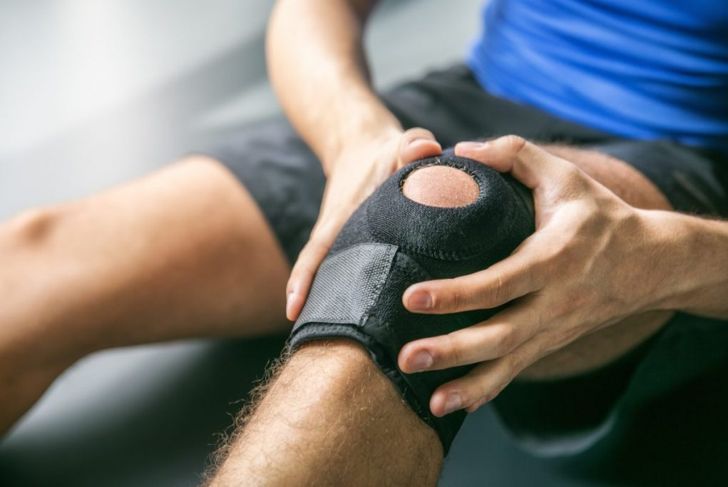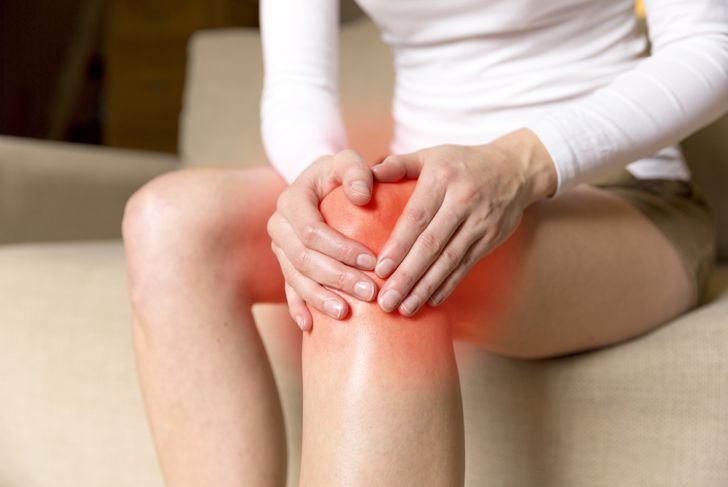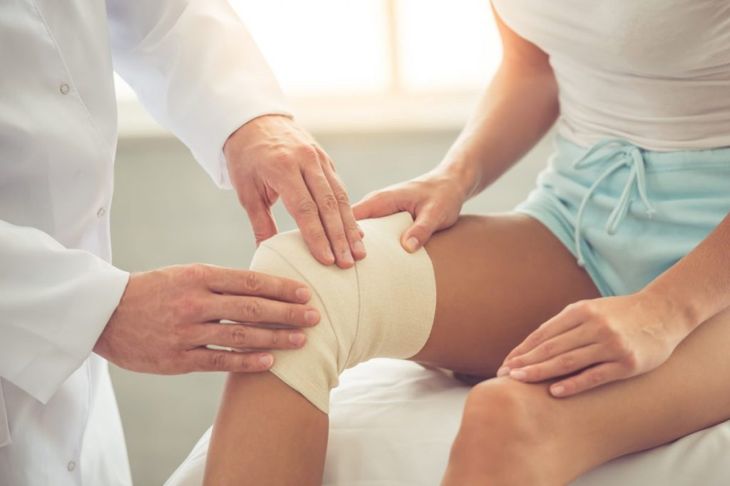The knee is made up of an intricate network of muscles, tendons, bone, ligaments, cartilage, and fluid. All of these components are susceptible to injury, through routine wear and tear or a single impact. Injuries to the knee are common among athletes and active people. Unlike hip damage, which tends to become more common as we get older, knee injuries do not discriminate based on age.
Muscle-Tendon Injuries
Tendons are responsible for knee mobility, connecting the knee bones to the leg muscles. The most common muscle-tendon injuries occur due to hyperextension of the hamstring, one of the three posterior thigh muscles between the hip and the knee. Luckily, these injuries are usually mild and do not need medical intervention. Applying an ice pack, elevating the affected leg, and rest are often enough for recovery. A doctor may suggest special exercises and physical therapy for more severe cases.
MCL and LCL Injuries
The MCL or medial collateral ligament is one of the major ligaments located on the inside of the knee joint. The lateral collateral ligament (LCL) runs along the outside of the knee. Injuries to these ligaments usually occur when the foot is planted on the ground and a horizontal force hits the leg, such as when an opposing team member tackles a football player. They can also occur if a person twists a knee to one side with their foot planted on the ground. Ligament tears can range from partial — mild and treated with ice and rest — to complete tears. If x-rays reveal the tear is unlikely to heal on its own or with an external brace, a doctor may recommend surgery.
ACL Injuries
The anterior cruciate ligament, commonly called the ACL, is one of two ligaments located inside the knee joint. Along with the posterior cruciate ligament, the ACL forms an X at the joint. Damage to the ACL is one of the most common knee injuries and typically results from impact at the front or back of the leg. Stopping suddenly, changing directions quickly, or landing incorrectly after a jump can also cause the injury. ACL injuries may require surgery, and the risk of re-injury is high if the individual does not take time to let the joint heal fully or continues to undertake high-risk activities.
Meniscus Tears
The knee contains two menisci, pieces of cartilage that pad the area between the shinbone and the thighbone. The meniscus is susceptible to tearing, which can result in pain, swelling, and stiffness. Gradual wear, inflammation, and arthritis can cause these tears, and acute injuries can result from single incidents. Treatment ranges from temporary rest to surgical repair.
Fractures
In addition to injuries to ligaments, tendons, and cartilage, the bones of the knee can also sustain damage. Falls and other accidents can injure the patella or kneecap, particularly later in life. The head of the fibula, the surface of the tibia, and the femur are all susceptible to fracture.
Bursa Inflammation
The bursa is a small sac of fluid located inside the knee joint that pads the bones and tendons. Bursa protects against friction and repetitive movements that could damage the knee, but consistent, repetitive motion such as crawling or kneeling can lead to inflammation. Treatment involves resting the knee and abstaining from the movement that led to the inflammation.
Patellar Injuries
The patella or kneecap is vulnerable to injury in various ways. A fractured or broken patella is considered serious and is often caused by falls where the knees impact the ground. Because of the severity of this ailment, people with broken patellas have to be off their feet for as many as eight weeks and may need a cast or splint. If the bones are out of place, surgery may be necessary.
Knee Injury Risk Factors
Knee injuries may result from small, repetitive motions throughout the day. If a person’s job or hobby requires crouching, kneeling, or crawling on a consistent basis, it may be advisable to work with an occupational therapist to reduce the impact these motions have on the knee and take preventative measures, such as wearing kneepads. Athletes of any age are always at risk of injuring the knee. Pregnant women are also more likely to hurt their knees due to their sudden weight increases.
Signs and Symptoms
Redness, pain, and swelling are the most common signs of a knee injury. However, their presence does not necessarily indicate an immediate need to see a doctor. Often, elevating the knee and resting it is sufficient to address the injury. If the symptoms continue, or the injured person notices issues like an inability to bend the knee, it would be wise to see a physician.
Prevention and Treatment
Treat pain, redness, or swelling with RICE: Rest, Ice, Compression, and Elevation. This combination will ease the symptoms and speed the healing of minor knee injuries. If a bone is fractured or a ligament is torn and does not appear to be repairing itself, the individual may require surgery.

 Home
Home Health
Health Diet & Nutrition
Diet & Nutrition Living Well
Living Well More
More




















